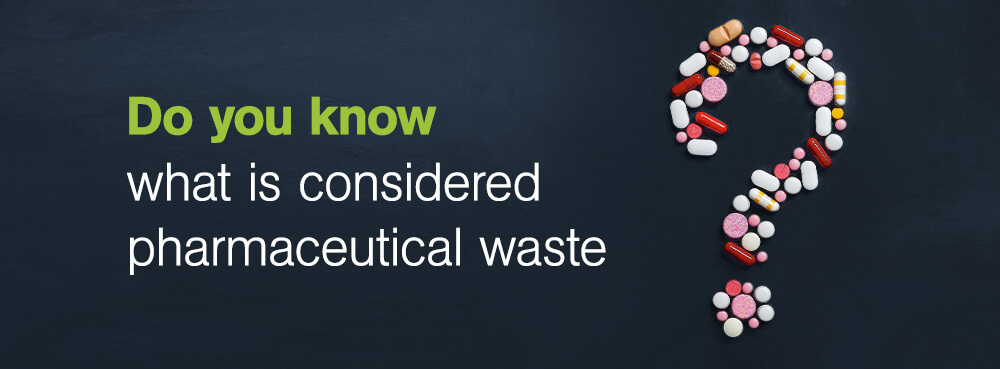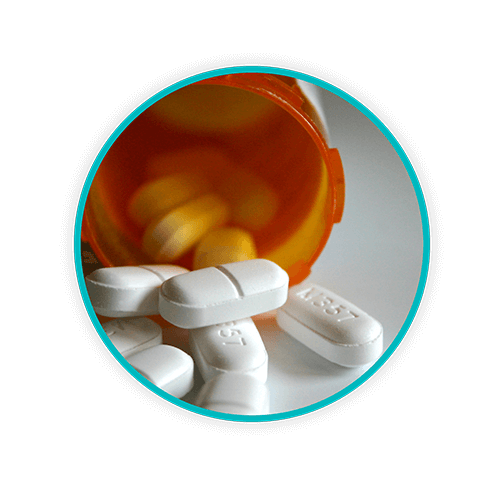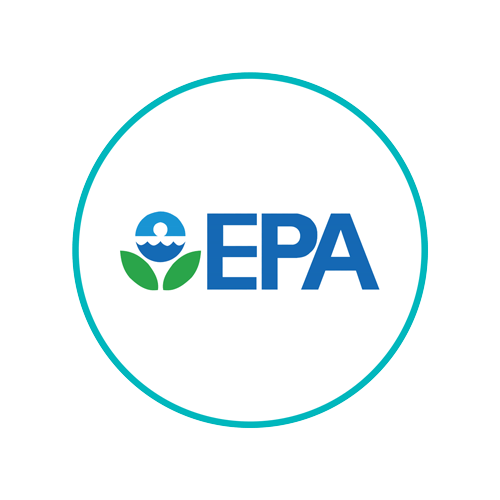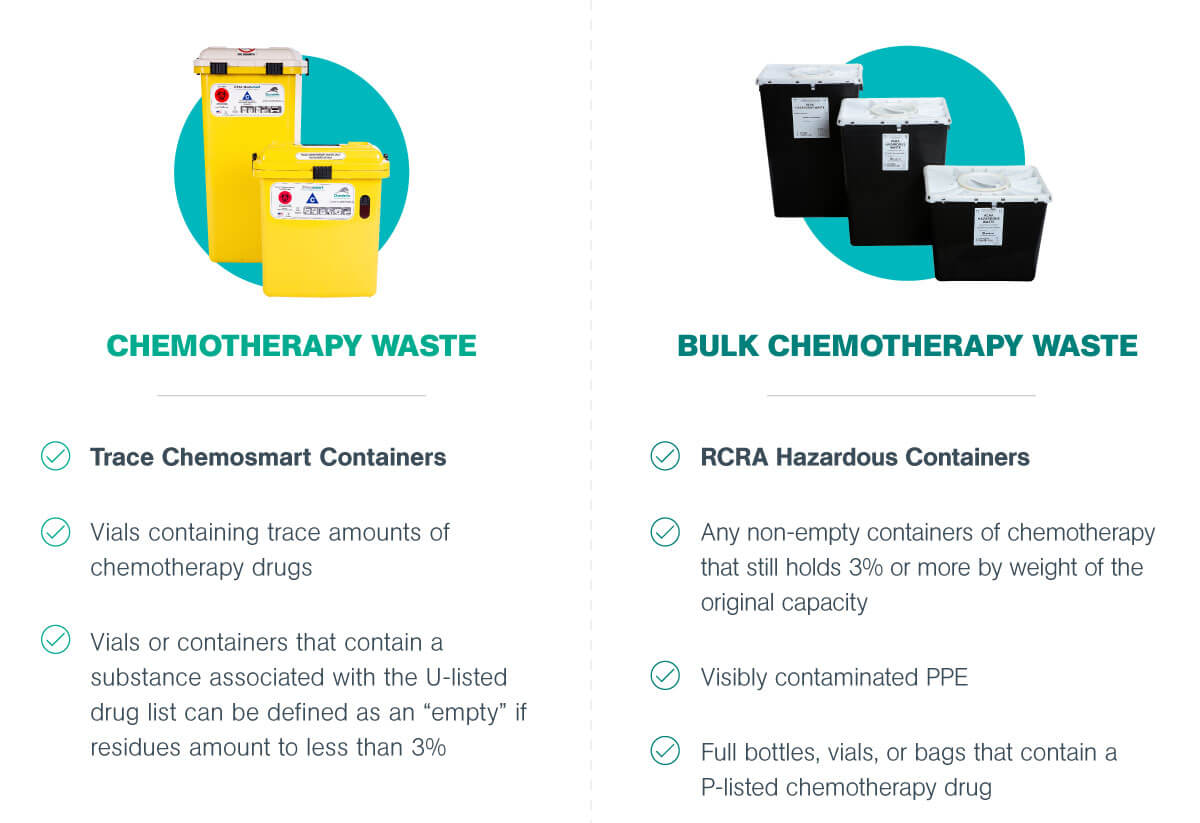What is Considered Pharmaceutical Waste?

Whether you operate a pharmacy, an outpatient center, a cancer center, an independent physician’s practice, or a hospital, proper pharmaceutical waste management is essential. As part of the pharmaceutical waste management processes, healthcare professionals are required to be able to classify categories of pharmaceuticals as defined by the Environmental Protection Agency (EPA), particularly distinguishing between hazardous and non-hazardous pharmaceuticals.
TOPICS WE WILL COVER
1 / Defining pharmaceutical waste
2 / How to determine what pharmaceutical waste is hazardous
4 / Daniels Health promotes compliant pharmaceutical waste management
Defining pharmaceutical waste
Pharmaceutical waste is generally defined as any medicine or drug that may be expired, is unused, or left over after medical treatment or surgical procedure. It also includes drugs that have been prescribed to patients, which also must be properly disposed of. Pharmaceuticals can include prescription drugs as well as over-the-counter medications. In fact, sharps and diabetic test strips can also be considered a pharmaceutical waste.
 Pharmaceutical waste can include but is not limited to:
Pharmaceutical waste can include but is not limited to:
- Some dietary supplements and over-the-counter drugs
- Compound drugs
- Prescription drugs
-
Some homeopathic drugs
Special handling is required of pharmaceutical waste because of its potential threat to the environment as well as to human safety and health. This is due to the chemicals and components found in many pharmaceuticals and drugs, whether they are over-the-counter or prescribed. Pharmaceuticals may not be “dumped” in sewers or flushed down toilets or drains.
In some states, classification of pharmaceutical waste can differ slightly from others. For example, in the state of Minnesota, pharmaceutical wastes are to be considered as hazardous waste unless they have been evaluated and determined by the waste generator as being non-hazardous. Other states may have similar specifications in regard to handling and disposal.
At the federal level, the Resource Conservation and Recovery Act (RCRA), defines a number pharmaceuticals regulated as hazardous waste. It’s important to note that these definitions can also overlap with those of the Drug Enforcement Agency’s listing of controlled substances. Among them include phenobarbital and testosterone gels.
However, keep in mind that hazardous waste pharmaceuticals that also happen to fall under DEA controlled substances must be disposed of in a compliant manner and in accordance with DEA regulations, such as incineration with an approved and compliant hazardous waste incinerator facility.
Several other agencies and their regulations are also involved in regulating hazardous pharmaceutical waste, including the Department of Transportation (DOT), the Occupational Safety and Health Administration (OSHA), and the Clean Water Act.
How to determine whether pharmaceutical waste is hazardous
One of the best ways to determine whether a pharmaceutical waste is hazardous is to be aware of the listings and characteristics of hazardous waste per the Environmental Protection Agency (EPA). Detailed information on such identification can be found here.
A listed hazardous waste means that the chemical name of a waste or the ingredients of a pharmaceutical can be found in the F, K, P, or U-lists maintained by the EPA. In the healthcare industry, the P- and U-listed hazardous wastes are typically found in commercial grade formulations. Most P-listed items typically identify acute hazardous waste from a discarded or commercial chemical product. The U-listed wastes are typically hazardous wastes that come from discarded commercial chemical products, such as those found in pharmaceuticals.
Characteristics are given to a number of pharmaceuticals that can be identified due to their potential for toxicity, corrosivity, ignitability, or reactivity to other chemicals or agents. Some states also include oxidizers and lethality to their hazardous-waste characteristic definitions. Chemotherapy wastes are typically defined as hazardous due to their components.
Many states throughout the country provide a specific list of hazardous waste pharmaceuticals. For example, Florida provides a PDF file of hazardous-waste pharmaceuticals. However, it is the generator’s responsibility to determine ultimate identification.
In addition to lists of pharmaceutical drugs and waste processes of the EPA and the RCRA, the Healthcare Environmental Resource Center also provides information regarding pharmaceuticals, hazardous determinations, and disposal of hazardous pharmaceutical wastes. It is important for the waste generator to understand that some pharmaceuticals are more toxic than others, such as chemotherapy drugs, otherwise known as antineoplastic agents.
Preservatives in some drug preparations or their ingredients might pose toxicity hazards over and above their main active ingredient. Some can be corrosive or even radioactive, as again in the case of certain chemotherapy drugs or agents including tracers or markers.
Keep in mind that regulations and handling and disposal processes may differ slightly from state to state. For specific state requirements, start here.
About chemotherapy waste
Chemotherapy waste must be handled carefully due to its potential for harming cellular structures. RCRA guidelines provide valuable information regarding the identification and classification of such waste. Additional information about hazardous wastes guidelines for special pharmaceutical wastes such as chemotherapy waste can be found under the Code of Federal Regulations Title 40.
Chemotherapy waste is typically identified as belonging to either one of two categories: a trace chemotherapy waste or a bulk chemotherapy waste. Trace chemotherapy waste is commonly identified in IV tubing, bags, or vials of a chemotherapy drug. However, vials or containers that contain a substance associated with the U-listed drug list can be defined as an “empty” if residues amount to less than 3% (see section 261.7, CFR title 40).
Bulk chemotherapy waste includes any non-empty containers of chemotherapy that still holds 3% or more by weight of the original capacity. Items can also include visibly contaminated personal protective equipment. Full bottles, vials, or bags that contain a P-listed chemotherapy drug are also defined as a bulk chemotherapy waste.
Specific guidelines can be found under title 40 CFR, Part 262 regarding packaging, labeling, and marking of chemotherapy waste and are applicable to all generators of such waste.
Chemotherapy waste can be incinerated, but if it is transported off-site, it must be segregated into a compliant container that meets DOT guidelines at its point of origin and before transportation. Hazardous waste manifests must also be filled out and carried along with the shipment.
Daniels Health promotes compliant pharmaceutical waste management
Accurate identification, segregation, and disposal of pharmaceutical drugs are essential not only for protection of human health, but the environment. Regardless of type or size of facility, any entity that utilizes, dispenses, or deals with pharmaceuticals and their waste must ensure compliance in regard to handling and disposal.
Daniels Health provides resources and support to any facility that deals with pharmaceutical waste, promoting the cradle-to-grave approach. Compliant pharmaceutical waste management is not simply ethical, but it’s the law. For more information on how we can help you with your pharmaceutical waste needs or processes, contact us today.

